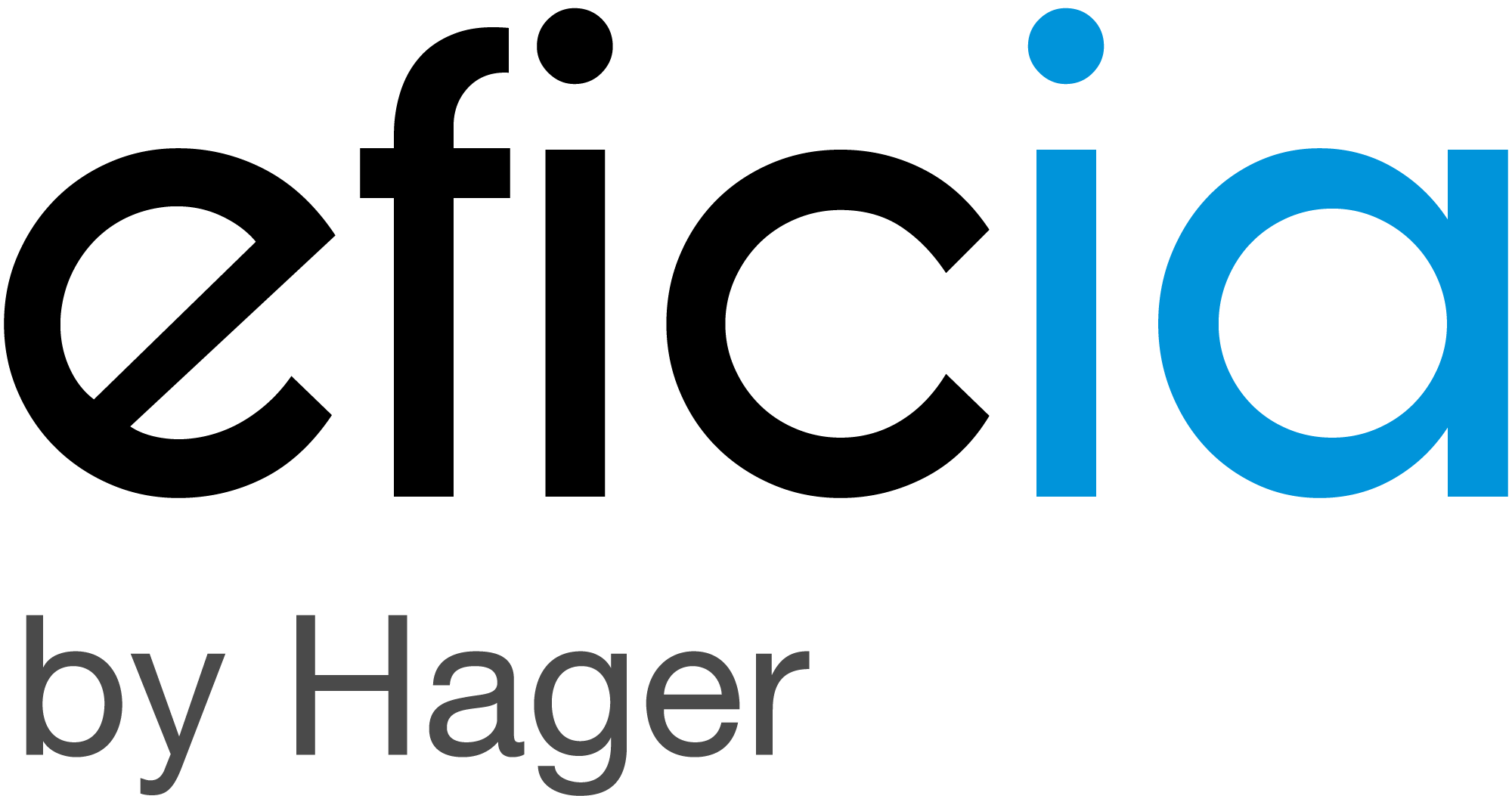How to automate energy management in buildings with BMS
In a scenario where energy efficiency and regulatory compliance are growing priorities, the automation of technical installations is becoming essential. Systems such as BMS and CTM enable intelligent, centralised building management, reducing consumption, improving occupant comfort and anticipating faults. This article explores how these technological solutions are transforming the way we manage energy in the tertiary sector.

Automation of energy management
Defining BMS and CTM
Imagine a building capable of regulating itself, optimising its energy consumption in real time and minimising human intervention. This is exactly what Building Management Systems (BMS) and Centralised Technical Management (CTM) offer. These systems are designed to supervise, control and automate technical installations in commercial buildings, optimising energy consumption for heating, ventilation and lighting, and enhancing security.
BMS stands out for its ability to centralise all data from a building's technical equipment and analyse it to improve performance. CTM, on the other hand, focuses on a smaller area, often limited to a few specific installations. For example, a CTM system may only manage the heating or ventilation system, while a BMS will integrate these functions with others such as lighting or secure access. Together, these tools transform a conventional building into a smart, high-performance structure.
Why automation is essential
With energy costs constantly rising and climate targets becoming increasingly demanding, energy automation is no longer an option but a strategic necessity. It significantly reduces energy expenditure while optimising available resources. By integrating automated systems such as BMS or CTM, a building can adjust its consumption according to actual occupancy or climatic conditions.
Let's take a simple example: in a commercial building equipped with an advanced BMS system, heating or air conditioning can be automatically adjusted based on real-time data to optimise energy consumption and generate substantial savings. In addition, thanks to predictive analysis based on data collected by smart sensors, it becomes possible to anticipate energy needs and adjust settings before a problem even arises.
Identifying current challenges
Building managers face several major challenges: skyrocketing energy prices, increased pressure to reduce their carbon footprint and ever-stricter environmental regulations. For example, the tertiary decree requires buildings to gradually reduce their energy consumption over several decades.
In this context, not automating technical installations means falling behind on these requirements. A manual or obsolete system simply cannot compete with the efficiency of automated management based on accurate real-time data. In addition, automation not only ensures compliance with current standards, but also improves occupant comfort while reducing operating costs.
Advantages of automated systems
Optimise energy performance
Optimise energy performance A well-designed BMS or CTM system acts as the conductor of a building's technical installations, centralising information and harmonising their operation to maximise energy efficiency. Through centralised supervision and real-time analysis, these tools identify anomalies and automatically adjust settings to avoid waste. For example, lighting can be programmed to turn off in unoccupied areas, or the temperature can be regulated according to weather forecasts.
These precise adjustments significantly reduce the building's overall energy consumption. The savings achieved are not limited to an immediate reduction in bills: they also improve the sustainability of technical equipment through intelligent and optimised management. Ultimately, this optimisation helps to achieve energy performance targets while strengthening the economic competitiveness of businesses.
Reducing the carbon footprint
Environmental impact is at the heart of all discussions on modern energy management. Commercial buildings account for a significant proportion of global CO₂ emissions. By automating technical systems via a BMS or CTM, it is possible to significantly reduce these emissions.
For example, by reducing energy consumption during off-peak periods or using more renewable energy through intelligent management, a building can reduce its carbon footprint while complying with environmental regulations. These efforts not only meet legal requirements but also improve the brand image of companies in the eyes of a public that is increasingly sensitive to environmental issues.
Improving occupant comfort
Beyond the economic and environmental aspects, automation plays a key role in improving occupant comfort. Imagine working in an office where the temperature is always ideal, where lighting adjusts automatically according to natural light and where ventilation ensures optimal air quality without human intervention. This is exactly what BMS/CTM systems offer.
By automatically adjusting technical parameters such as heating, air conditioning and lighting according to the actual needs of occupants, these technologies improve comfort and create a pleasant and productive indoor environment. The result? Greater user satisfaction and reduced stress associated with uncomfortable conditions, which can even have a positive impact on their performance at work.
Steps for successful implementation
Analyser les besoins spécifiques du bâtiment
Analyse the specific needs of the building Before integrating a BMS or CTM system, it is crucial to carry out a comprehensive energy audit to centralise data and identify potential optimisations. This diagnosis identifies the building's weak points in terms of energy consumption and the performance of its technical installations. The aim here is to understand exactly how the building works: which areas consume the most energy? Which equipment needs to be modernised? What are the objectives to be achieved, whether in terms of energy savings or regulatory compliance?
This analysis phase is the cornerstone of successful implementation. For example, a commercial building equipped with old, energy-intensive systems will benefit more from a complete renovation coupled with a building management system, while a newer building may simply need to integrate smart sensors to optimise its performance.
Equipment selection criteria
Once the needs have been identified, the choice of equipment becomes a crucial step. Criteria to consider include compatibility with existing systems, scalability to integrate future technologies, and overall cost, including installation, maintenance and energy efficiency. Managers should also favour solutions that comply with current standards and are capable of meeting the requirements of the tertiary decree.
For example, a modern BMS must be able to communicate with various protocols (BACnet, Modbus, etc.) to ensure seamless integration. In addition, it is essential to choose smart sensors capable of collecting and transmitting accurate data on energy consumption or environmental conditions. This data is then fed into optimisation algorithms to automatically adjust building parameters.
Integrating control and monitoring systems
Effective implementation requires the integration of the chosen solutions into a centralised platform. This step includes the physical installation of sensors and other equipment, as well as software configuration to ensure optimal supervision. A high-performance BMS must enable real-time monitoring, predictive analysis and even proactive maintenance through artificial intelligence.
For example, advanced software can detect a fault in the operation of a ventilation system before it becomes critical, thus avoiding high costs associated with unexpected repairs. In addition, thanks to automated energy control, technical managers can focus on strategic tasks rather than the day-to-day management of facilities.
The future of automated energy management
Technological developments to watch out for
The future of BMS and CTM systems is shaping up to be one of technological innovation. Advances in the Internet of Things (IoT) and smart sensors are gradually transforming buildings into interconnected ecosystems. These sensors, capable of collecting real-time data on energy consumption, air quality and space occupancy, offer unprecedented granularity in technical building management.
For example, a building equipped with IoT sensors can automatically adjust its lighting or heating based on the presence of people detected in each room. These systems are also becoming more intuitive thanks to the integration of user-friendly interfaces accessible via mobile apps, allowing managers to monitor and control facilities remotely.
AI and data analysis
Artificial intelligence (AI) represents a revolution in automated energy management. By analysing data collected by sensors, AI can detect complex patterns, predict energy needs and suggest adjustments in real time. For example, an AI-based system could anticipate a rise in outside temperature and adjust the air conditioning system before occupants even feel uncomfortable.
In addition, these technologies enable proactive maintenance: instead of waiting for equipment to break down, the system identifies early signs of malfunction and alerts technical teams. This not only reduces the costs associated with unexpected repairs but also improves the sustainability of technical installations.
Regulatory outlook and upcoming obligations
Environmental regulations are evolving rapidly, requiring players in the tertiary sector to adapt continuously in order to comply with the requirements of the tertiary decree and optimise energy management. The tertiary decree is a prime example of this, requiring buildings to reduce their energy consumption in successive stages. In the future, these obligations could become even stricter with the introduction of new standards aimed at achieving carbon neutrality.
In this context, automating energy management is becoming an essential lever for ensuring regulatory compliance while minimising operational costs. In addition, companies that adopt these technologies today are positioning themselves favourably for future legal requirements and strengthening their image with partners who are sensitive to environmental issues.
